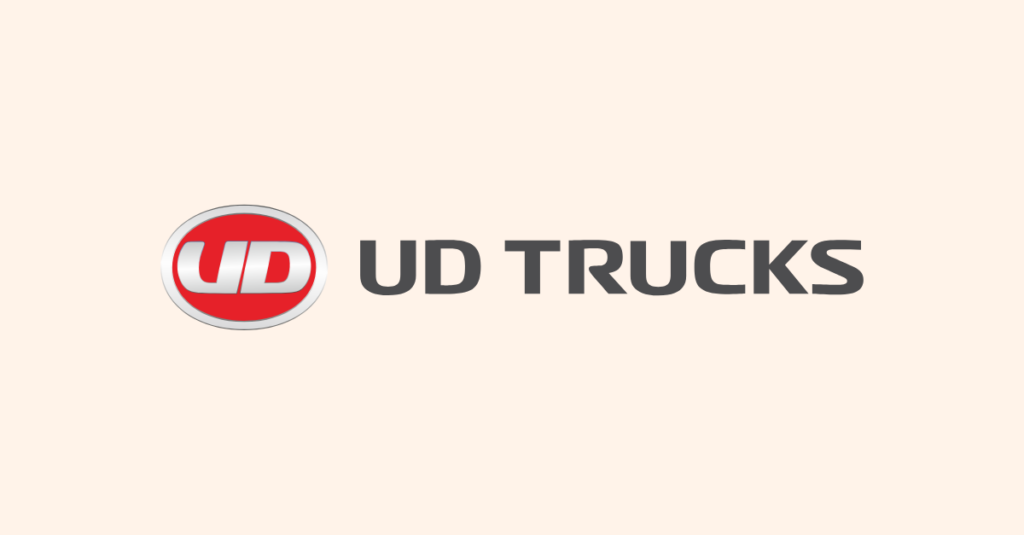- How is data fabric architecture applicable to businesses across domains?
- What are its components?
- Best practices.
Data fabric architecture is an industry-agnostic concept which means it is relevant across domains and can help achieve-
- Enterprise intelligence- a birds-eye view of organizational performance with the help of intuitive tools.
- Operational intelligence- shift from scheduled to requirement-based maintenance (still pro-active) activities for key operations.
- Complete focus on obtaining a 360-degree view of customers by tracking customer activities in customer-touch points.
- Regulatory compliance using AI-enabled data governance policy enforcement, automatic classification of data assets, sensitive data detection, and masking of data.
- Transforming data fabric into an internal search system for relevant access to authorized parties.
Data fabric architecture is more than just a methodology for managing the existing data environment; let us understand its core components first.
Building blocks of Data Fabric Architecture
- Data management practice first defines stakeholders who can access business information; how much of it can be drilled down to detail, how often it would be updated, and details of what will be masked and encrypted and transformation efforts. Knowledge graphs and AI-powered metadata activation allow for unified data governance ensuring the safety and accuracy of organizational data.
- Data ingestion enables users to connect to all types of business information regardless of its localization and volume allowing combining multiple data types. Video recordings from brick-and-mortar stores with online financial transactions as well as aggregate information in streams or batches in real-time too.
- Data processing is a staging area for data across types and formats to be filtered for further usage.
- Data orchestration cleanses, enriches, aggregates and reformats processed business information to meet the requirements of the target data repositories or the applicable software application.
- Data discovery helps business and IT specialists to apply data for recognizing dependencies and identifying inaccuracies.
- Data access delivers data to multiple downstream consumer applications or people, or the data marketplace, for business users.
Best Practices for building a Modern Data Fabric Architecture
“Only a fraction of data from connected devices is ingested, processed, queried, and analyzed in real-time due to the limits of legacy technology structures, the challenges of adopting more modern architectural elements, and the high computational demands of intensive, real-time processing jobs” -McKinsey
A highly functional product and master data fabric architecture only can meet the business need for speed, flexibility, and innovation. Legacy data architecture cannot handle the vast amount of data accumulated and address the current data processing needs, leaving the business to deal with a data swamp. To ensure that the data fabric architecture set-up maximizes benefits to the business, allow us quickly to list all the critical best practices to be followed-
- Focus on building flexible but extensible data schemas by making a shift with lesser physical tables.
- Building domain-based architecture helps the business eliminate clusters of centralized data lakes by using data virtualization techniques to organize and integrate distributed data assets. The domain also empowers users with a data roadmap to facilitate better searchability that covers data, integration, storage, and architectural changes.
- Getting rid of data silos that usually affect business operations and data analytics initiatives. Modern data architecture needs to ensure updated clean internal data is accessible to the people who need it when they need it. A complete and centralized product information system and mobile device management application help automate the management of all information across diverse channels.
- A resilient and intuitive real-time data fabric architecture helps enterprises process and analyze data for analytics that can track customer behavior in digital products which helps obtain insights into feature use, UX changes, usage, etc.
- Building a design that can handle data from both structured and unstructured sources, both in a structured and unstructured format without missing out on essential information. Data is best leveraged when it can be reused among teams easily enabling seamless collaboration among analytics teams.
- With cost-effective cloud-based PIM or MDM solutions; enterprises can take advantage of ready-use and configured solutions that allow for data to be seamlessly uploaded for diverse marketing campaigns. Integrate modular, best-of-breed platforms.
- Modular data architectures use the best-of-breed, open-source components that can be swapped for new technologies as needed without affecting the other parts of the architecture. Businesses can also set up an independent data layer that includes commercial databases and open-source components.
Using a data fabric architecture approach, organizations can deliver better customer experiences, drive top-line growth, reduce costs, and gain productive insights unlocking the value of legacy data as well.



